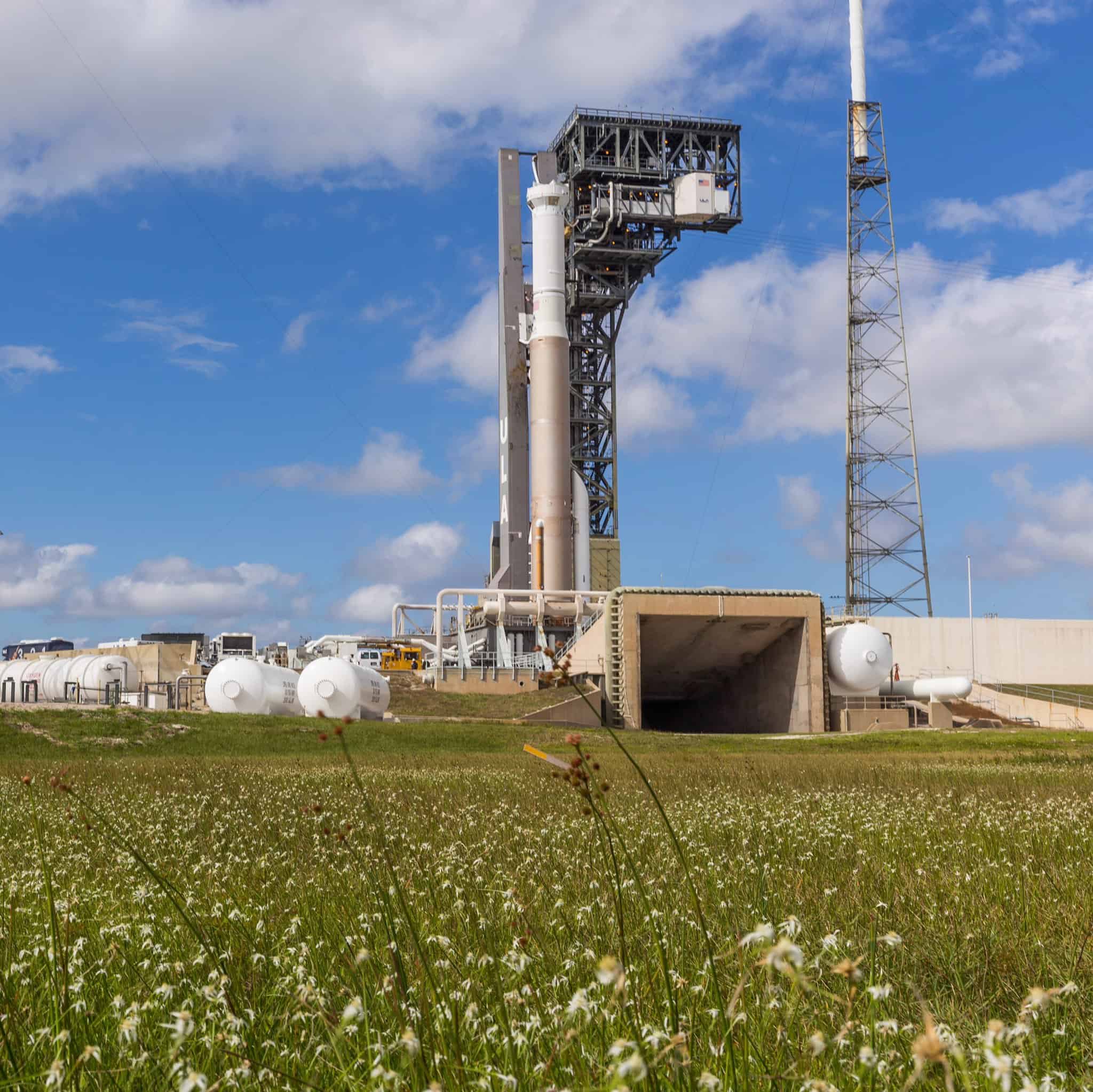
The launch of the Solar Orbiter spacecraft, a European Space Agency (ESA) mission to study has been delayed two days after engineers discovered a rocket issue during preflight testing.
Liftoff is now slated for a two-hour launch window that opens on Feb. 7 at 11:15 p.m. EST (0415 GMT on Feb. 8). The spacecraft will fly on a United Launch Alliance (ULA) Atlas V rocket. The European Space Agency, which leads the Solar Orbiter mission in partnership with NASA, announced the delay on Sunday (Jan. 26).
“NASA, ESA, and ULA confirm the Solar Orbiter launch date adjusted to 23:15 EST Feb. 7 (0415 GMT Feb. 8) due to rescheduling of the wet dress rehearsal earlier this week,” ESA’s Solar Orbiter team wrote in a Twitter update.
The delay followed the discovery of a disconnected air-conditioning duct leading to the Atlas V’s Centaur upper stage before the vehicle’s scheduled “wet” dress rehearsal here.
Wet dress rehearsals are a routine run-through of launch-day procedures including fueling the vehicle. NASA requires this extra step for certain missions — like Solar Orbiter — with limited launch windows to prove that the rocket is ready to fly.
Solar Orbiter has a 19-day launch opportunity beginning Feb. 5 if it is to reach Venus by December, when it will then use that planet’s gravity to sling itself closer to the sun. (There is a backup launch window later in the year, but it’s less favorable.)
After inspecting the rocket’s upper stage, the teams supporting Solar Orbiter’s launch concluded that the duct was likely displaced by gusty winds at the launchpad. The countdown demonstration was successfully completed on Friday (Jan. 24), allowing the launch to be rescheduled.
For this mission, the Atlas V will fly in what ULA dubs the 411 configuration, meaning a 4-meter fairing, a single strap-on solid rocket booster, and a Centaur upper stage powered by a single RL10 engine. It will be the Atlas V’s 82nd flight and only the sixth in this particular configuration.
The 3,970-lb. (1,800 kilogram) Solar Orbiter is taking 10 scientific instruments on its journey to the sun, including special cameras that will capture the first detailed images of the sun’s poles.
“Solar Orbiter will be used to examine how the sun creates and controls the heliosphere, the vast bubble of charged particles blown by the solar wind into the interstellar medium,” ESA said in the mission’s description.
The spacecraft will work in tandem with another sun-observing spacecraft — NASA’s Parker Solar Probe. Together, they will help scientists better understand the driving forces behind the solar wind and other solar phenomena.
